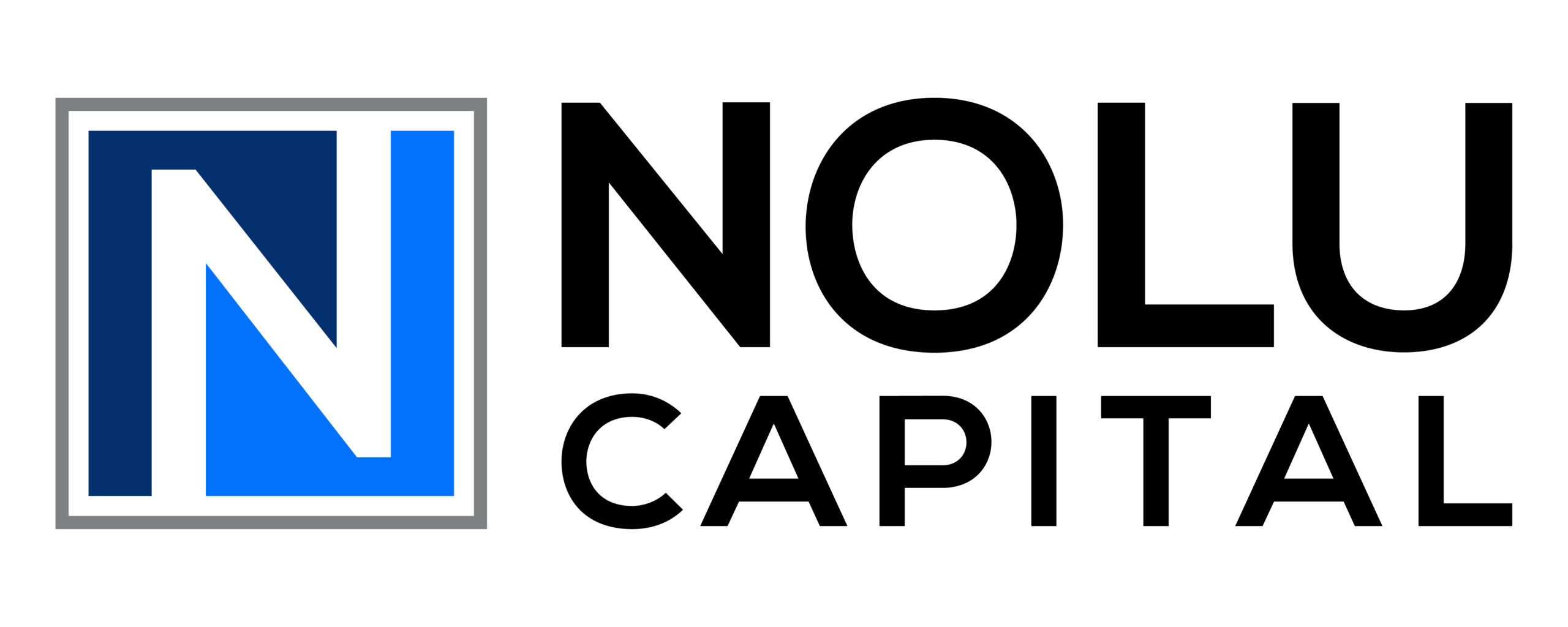In the ever-evolving landscape of financial investments, the concept of the Self-Directed Individual Retirement Account (IRA) continues to gain traction as investors seek more control and diversification. An intriguing facet of the Self-Directed IRA is the opportunity to transform it into a lending institution, allowing you to extend retirement account funds to qualified borrowers and earn interest through promissory notes. Becoming a private lender with your Self-Directed IRA can be a game-changer, but it’s essential to understand the process, criteria, and benefits before venturing into this unique investment avenue.
Understanding Self-Directed IRA Lending
At the core of Self-Directed IRAs is the notion of self-direction, which means that you, as the account holder, have the authority to choose where you invest your retirement funds. This includes the possibility of leveraging your Self-Directed IRA to serve as a lending institution, offering financial support to individuals and businesses while reaping the benefits of interest earned on the loans. The allure of this investment strategy has been steadily increasing among Self-Directed IRA holders.
The Lending Process
When considering private lending through your Self-Directed IRA, it’s crucial to be mindful that IRS regulations are still applicable. These rules dictate who you can and cannot lend to, helping maintain the integrity of your retirement savings. The list of prohibited individuals, known as “disqualified persons,” is rather concise and primarily includes immediate family members, such as you, your spouse, parents, grandparents, children, and grandchildren, as well as any entities in which they possess over 50% ownership. This still leaves a multitude of potential borrowers open to your Self-Directed IRA.
When you opt for private lending with your Self-Directed IRA, you have the flexibility to issue secured or unsecured promissory notes. In the case of a secured real estate note, the process would also involve creating a mortgage or deed of trust. As the Self-Directed IRA holder, you would draft the promissory note, which the borrower signs, alongside any additional loan documents. However, it is crucial to emphasize that your IRA, not you personally, serves as the lender. Consequently, all income generated from the loan flows back into the IRA. The IRS stipulates that all loan documents must be established in the name of the IRA, not in your personal name.
Benefits of Self-Directed IRA Lending
Becoming a private lender with your Self-Directed IRA offers a plethora of advantages:
- Control Over Loan Terms: One of the primary benefits of private lending is the autonomy it affords you. You have the authority to predetermine the loan amount, select the borrower, set the interest rate, decide on the payment amount and frequency, and determine the loan’s duration. Furthermore, you can choose between secured and unsecured loans. Secured loans typically involve real estate as collateral, though other assets can serve as security for the loan.
- Potential for Strong Returns: Lending money through your Self-Directed IRA can be a strategic way to bolster your retirement savings. By defining the terms for principal and interest, you create a predetermined return on your investment. Many investors find that this leads to a reliable and secure income stream into their Self-Directed IRA. Moreover, when the loan is secured by assets such as real estate or other valuable collateral, you are not only investing in the borrower but also in the asset pledged as security. In case of a default, the secured asset can serve as a fallback.
- Supporting Borrowers: Private lending with your Self-Directed IRA can be a lifeline for individuals or businesses that may have faced difficulties obtaining loans through traditional banks. By offering your financial support, you have the opportunity to make a positive impact on others’ lives and endeavors. However, it is paramount to perform due diligence on potential borrowers to safeguard your investment.
- Due Diligence: For many investors interested in private lending, the process of vetting potential loan candidates and conducting due diligence can be both rewarding and enlightening. Performing your own due diligence involves asking critical questions and evaluating the risk:
- Who is the individual, people, or company seeking a loan?
- What is the collateral or security offered? If it’s a business, does it have a proven track record?
- Are there financial documents available for review before extending the loan?
- What are the procedures in the event of a default? For secured loans, it is typically the promissory note and mortgage that secure the loan. In case of a default, you have the option to foreclose and reclaim the pledged assets, a process that can be executed within your Self-Directed IRA.
- Tax Advantages: An attractive aspect of Self-Directed IRA lending is the preservation of tax benefits associated with IRA accounts. All profits generated from this type of investment are either tax-deferred (in the case of a traditional IRA) or tax-free (in the case of a Roth IRA). Distributions from traditional IRAs are not required until you reach the age of 72, and Roth IRAs have no distribution requirements.
Partnering with NOLU Group
If you are interested in venturing into Self-Directed IRA lending we can help you establish a Self-Directed IRA and, if you choose, serve as an administrator for various alternative investments, including lending money.
In conclusion, Self-Directed IRA lending represents a distinctive and potentially lucrative investment avenue. By leveraging your retirement funds to support individuals and businesses, you have the opportunity to shape



